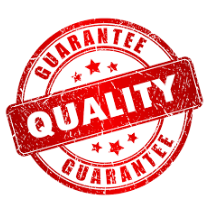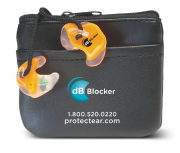ISO 9001 Certified
ISO 9001 is a comprehensive quality management system standard. ISO 9001is maintained by ISO, the International Organization for Standardization and is administered by independent accreditation and certification bodies.
Some of the requirements in ISO 9001 include:
- A set written procedures covering all processes in the business
- Monitoring processes continuously to ensure they are effective
- Keeping accurate records
- Checking output for defects and taking appropriate and corrective action where necessary
- Regularly reviewing individual processes and the quality system itself for effectiveness
- Facilitating continual improvement
Benefits of being ISO Certified
Each standard supports its own benefits within every industry, however the common benefits across the certifications include: widened market potential, compliance to procurement tenders, improved efficiency and cost savings, higher level of customer service, and therefore satisfaction, and heightened staff moral and motivation.
include: widened market potential, compliance to procurement tenders, improved efficiency and cost savings, higher level of customer service, and therefore satisfaction, and heightened staff moral and motivation.
By having a recognized management standard it allows us to tell our customers that when it comes to quality and industry standards, we are serious about their needs. CPE is proud to be ISO 9001 certified.
ProtectEar USA works with Custom Protect Ear to ensure the Quality of its products.
Custom Protect Ear has been independently audited and certified to be in conformance with ISO 9001. This certification assures our customers that the quality of the products they currently trust to protect their hearing, will be the same quality they will get every time in the future. In addition to being ISO 9001certified, CPE is a member of AIHA (American Industrial Hygiene Association) and the NHCA (National Hearing Conservation Association).
CPE is also a member of the Acoustical Society of America and serves on the standard setting bodies of the ANSI S12 Committee, Working Group 11, responsible for the standards by which hearing protection is measured, as well as CSA S304 Noise and Vibration Technical Committee responsible for CSA’s set of hearing loss prevention standards Z94.2-02.






 canal congestion.
canal congestion. The dB Blocker™ Classic Intercanal Vented hearing protection device by CPE PEUS may be an answer to those who need to improve hearing. Vented Intercanals were designed for persons who need to converse and work in and out of noise. This hearing protector (earplug) enhances conversation with other workers in a noisy workplace and could be used to enhance hearing with the inner ear concerns of allergy responses.
The dB Blocker™ Classic Intercanal Vented hearing protection device by CPE PEUS may be an answer to those who need to improve hearing. Vented Intercanals were designed for persons who need to converse and work in and out of noise. This hearing protector (earplug) enhances conversation with other workers in a noisy workplace and could be used to enhance hearing with the inner ear concerns of allergy responses.  oor and head out to the Monster Truck Jam, but wait… what’s missing? What about packing the hearing protection?
oor and head out to the Monster Truck Jam, but wait… what’s missing? What about packing the hearing protection?




